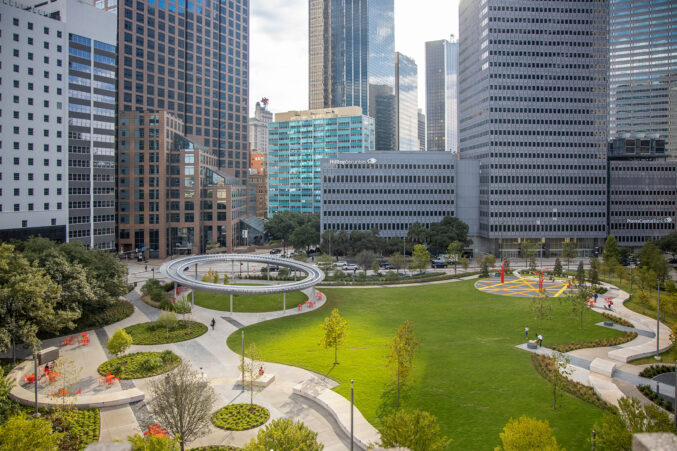The documentary Bonton + Ideal aired first on KERA back in December. But it just went up online. You can watch it here. From The Atlantic’s CityLab site:
The film, Bonton + Ideal, is named after two historically black South Dallas locales. In it, residents of these neighborhoods recount what it was like growing up in rickety housing, without amenities like running water, electricity, playgrounds, good schools, and public services. These residences were built on the Trinity River flood plain, which means that floods were routine. “South Dallas was sand. When the wind blew, it would leave a hole in the road. When it would rain, that hole would fill up with water,” Willard Dotson, who lived in the area, says in the film. “When it rained hard, Bexar Street looked like a river.”
The black families who lived in Bonton and Ideal were physically fenced off from the rest of the city—and economically isolated, as well. If they tried to move out to other, better neighborhoods, they were terrorized. “As blacks started to come home from the [World Wars], they didn’t want to live in the ghetto anymore,” local historian Donald Payton says in the film. “Over in South Dallas, people would buy houses and the next night somebody would throw dynamite into their house and blow up their house—bringing the fear.”







